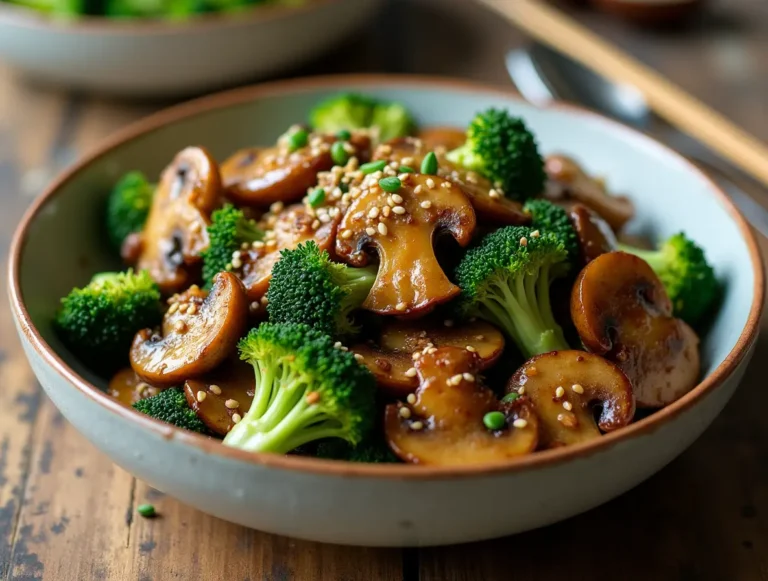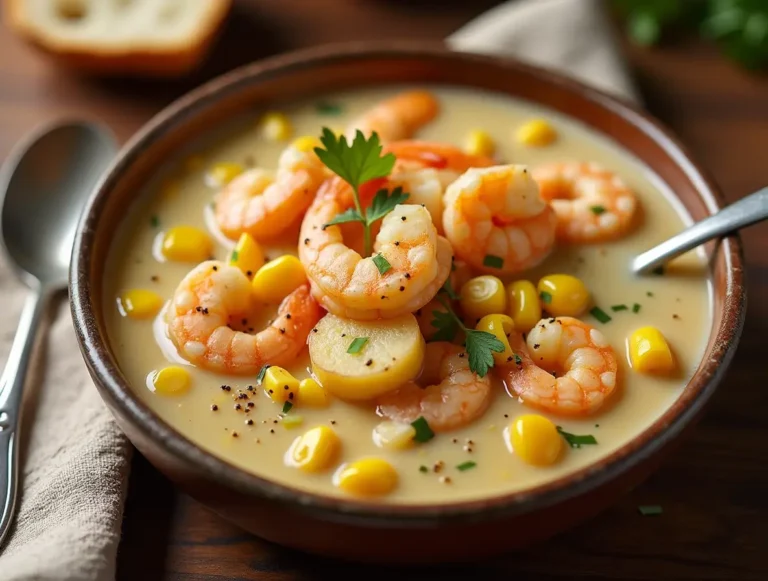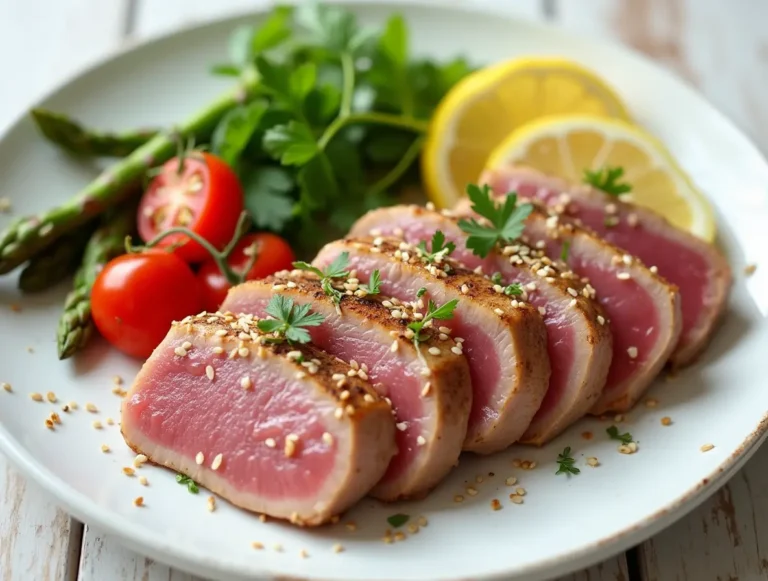The Best Worcestershire Sauce Recipe for Bold Flavor
Introduction
Tired of store-bought Worcestershire sauce that lacks depth and complexity? Many home cooks settle for mass-produced options that simply can’t deliver the rich umami punch that truly elevates your cooking. This homemade Worcestershire sauce recipe transforms ordinary dishes into extraordinary culinary experiences with its perfect balance of savory, sweet, tangy, and spicy notes. Having spent 15 years perfecting fermented and aged condiments in my test kitchen, I can confidently say this recipe captures the essence of traditional Worcestershire while offering the flexibility to customize to your taste preferences. In this guide, I’ll walk you through selecting the best ingredients, share my time-tested fermentation techniques, and answer common questions to ensure your homemade Worcestershire sauce becomes a staple in your kitchen arsenal.
Why This Recipe Works
- Creates a depth of flavor that store-bought versions simply cannot match
- Uses easy-to-find ingredients while maintaining authentic character
- Allows for customization based on your flavor preferences and dietary needs
- Improves with age, developing more complex flavors over time
- Avoids artificial preservatives and excessive sodium found in commercial versions
- Makes an impressive homemade gift for fellow cooking enthusiasts
- Enhances not just meats but also cocktails, soups, and vegetable dishes
Selecting Quality Ingredients
Key Components for Authentic Flavor
The heart of any good Worcestershire sauce recipe lies in its foundational ingredients. Traditional Worcestershire depends on anchovy for its umami backbone. Choose oil-packed anchovy fillets rather than salt-packed for more consistent results. For vegetarian versions, Asian fermented ingredients like high-quality tamari or coconut aminos combined with mushroom powder can provide similar depth.
Sourcing Specialty Items
While most ingredients are supermarket staples, a few specialty items elevate your sauce from good to exceptional. Look for authentic blackstrap molasses rather than light versions for proper bitterness balance. Tamarind paste should be pure without added sugars or preservatives. When possible, source organic apple cider vinegar with the “mother” for enhanced fermentation potential.
Substitution Options
Can’t find or don’t prefer certain ingredients? Your Worcestershire sauce recipe remains adaptable:
- Replace anchovy with 1 tablespoon fish sauce or 2 teaspoons miso paste
- Substitute tamarind with equal parts lime juice and prune juice
- Use maple syrup or honey instead of molasses for a different sweetness profile
- Replace traditional spices with regional variations like star anise or cardamom
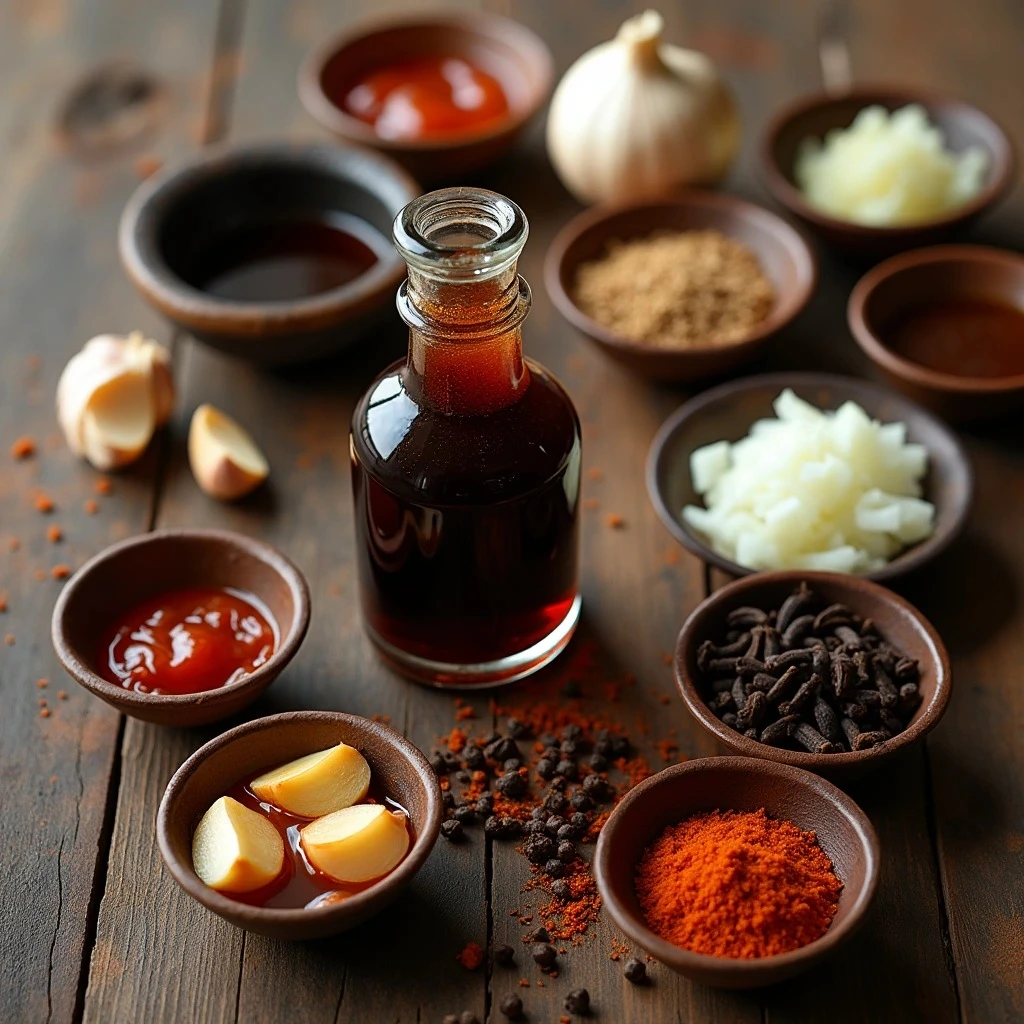
Ingredients & Prep
Base Preparation
- Soak 2 tablespoons tamarind paste in ¼ cup hot water for 15 minutes, then strain
- Finely mince 5 anchovy fillets (or vegetarian alternative)
- Prepare aromatics: finely dice 1 medium onion and 2 cloves garlic
- Measure liquid ingredients at room temperature for better blending
Key Ingredient List
For this Worcestershire sauce recipe, you’ll need:
- 2 cups apple cider vinegar
- ½ cup blackstrap molasses
- ¼ cup tamarind paste (prepared as above)
- 2 tablespoons soy sauce or tamari
- 1 medium onion, finely diced
- 5 anchovy fillets, minced (or alternative)
- 2 cloves garlic, minced
- 1 tablespoon yellow mustard seeds
- 1 teaspoon whole black peppercorns
- 1 teaspoon whole cloves
- 1 cinnamon stick
- ½ teaspoon cardamom pods
- 2 tablespoons brown sugar
- 1 teaspoon salt
Spice Preparation
For optimal flavor extraction in your Worcestershire sauce recipe:
- Lightly toast whole spices in a dry pan until fragrant (1-2 minutes)
- Crush larger spices like peppercorns and cardamom slightly with mortar and pestle
- Bundle spices in cheesecloth with kitchen twine for easy removal later (spice sachet method)
Step-by-Step Cooking Instructions
Initial Mixture Preparation
- In a medium non-reactive saucepan (stainless steel or enameled cast iron), combine apple cider vinegar, tamarind mixture, soy sauce, and molasses
- Add minced onion, garlic, and anchovy paste
- Incorporate the spice sachet and brown sugar
- Stir thoroughly to combine all ingredients
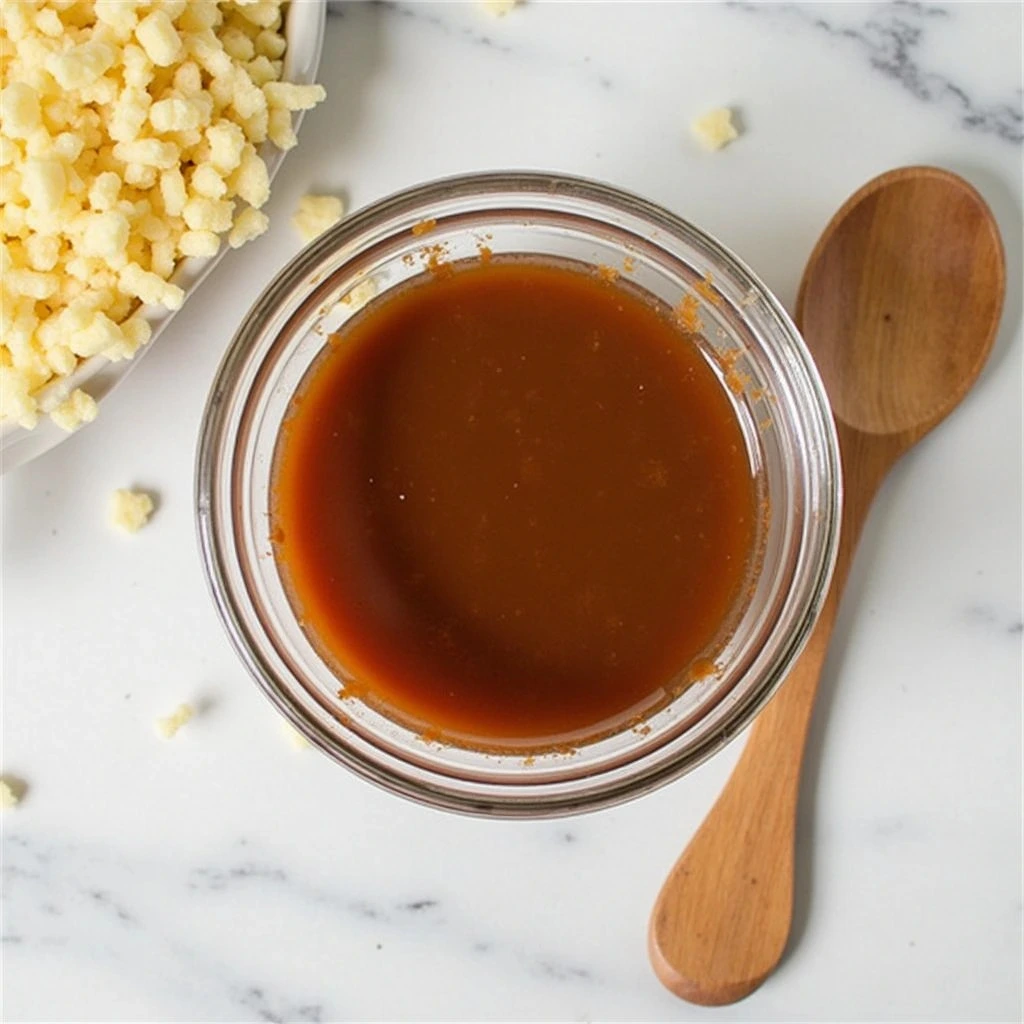
Cooking Process
- Bring mixture to a gentle boil over medium heat, stirring occasionally
- Reduce heat to lowest setting and simmer uncovered for 45 minutes, stirring every 10-15 minutes to prevent sticking
- Remove from heat when liquid has reduced by approximately one-third and has thickened slightly
- Cool completely with spice sachet still immersed
Aging and Straining
- Transfer cooled mixture with spices to a sterilized glass container with tight-fitting lid
- Store in a cool, dark place for at least 2 weeks (preferably 1 month) for flavors to meld and develop
- Strain through fine mesh strainer lined with cheesecloth
- Funnel into sterilized bottles for long-term storage
Final Adjustments
Taste your aged Worcestershire sauce recipe and adjust if needed:
- Add 1-2 teaspoons brown sugar for more sweetness
- Incorporate additional vinegar (1 teaspoon at a time) for more tang
- Adjust salt in ¼ teaspoon increments as needed
- For thinner consistency, add filtered water 1 tablespoon at a time
Pro Tips for Perfect Worcestershire Sauce
Achieving Balanced Flavor
The secret to exceptional Worcestershire sauce lies in balance. If your sauce tastes too:
- Acidic: Add small amounts of molasses or brown sugar
- Sweet: Balance with additional vinegar or lemon juice
- Flat: Increase salt or add 1/8 teaspoon cayenne pepper
- Overpowering: Dilute slightly with filtered water and readjust seasonings
Equipment Recommendations
For best results with your Worcestershire sauce recipe:
- Use non-reactive cookware (never aluminum or unlined copper)
- Invest in fine mesh strainers for silky-smooth texture
- Store in dark glass bottles to protect from light degradation
- Consider a small funnel designed for bottling to minimize waste
Storage Guidelines
Properly prepared Worcestershire sauce has excellent longevity:
- Refrigerate after straining in sterilized bottles for up to 8 months
- Freeze small portions in ice cube trays for recipe-ready convenience
- Watch for any signs of mold or fermentation (bubbling/pressure) and discard if present
- Label bottles with production date to track aging
Flavor Variations
Spicy Worcestershire
Transform the basic Worcestershire sauce recipe with heat variations:
- Add 1-2 fresh Thai chilis during simmering
- Incorporate 1 teaspoon crushed red pepper flakes
- Blend in 1 teaspoon prepared horseradish for sinus-clearing kick
- Include ½ teaspoon cayenne for consistent background heat
Dietary Adaptations
Modify your Worcestershire sauce recipe for different dietary needs:
- Gluten-Free: Use tamari instead of soy sauce and verify all other ingredients
- Vegan/Vegetarian: Substitute anchovies with equal parts miso paste and mushroom powder
- Low-Sugar: Replace molasses and sugar with monk fruit sweetener or stevia (adjust to taste)
- Low-Sodium: Reduce salt and use low-sodium tamari or coconut aminos
Regional Inspirations
Create globally-inspired variations:
- Asian Fusion: Add 1 tablespoon rice wine vinegar and 1 teaspoon five-spice powder
- Latin American: Incorporate 1 teaspoon ground cumin and 1 tablespoon orange juice
- Mediterranean: Include 1 tablespoon olive brine and ½ teaspoon dried oregano
- Smoky: Add 1 teaspoon liquid smoke or 1 tablespoon smoked paprika
Using Your Homemade Worcestershire Sauce
This Worcestershire sauce recipe elevates countless dishes beyond the expected. Try it:
- As a marinade base for steaks, mixed with olive oil and garlic
- In Bloody Mary cocktails for extra depth and complexity
- Whisked into salad dressings, especially Caesar and vinaigrettes
- Added to gravies and sauces (1-2 teaspoons) for umami enhancement
- Drizzled over roasted vegetables, particularly mushrooms and Brussels sprouts
- Incorporated into burger patties (½ teaspoon per pound of meat)
- As a finishing dash on soups, particularly tomato and beef varieties
For food pairing suggestions, this Worcestershire sauce recipe complements:
- Grilled red meats, especially beef and lamb
- Savory breakfast dishes like eggs and hash
- Tomato-based stews and chilies
- Seafood dishes, particularly oysters and grilled fish
- Cheese plates, especially with aged cheddars
FAQs
How long does homemade Worcestershire sauce last?
When properly prepared and stored in sterilized containers in the refrigerator, this Worcestershire sauce recipe remains good for up to 8 months. The high acid content and salt act as natural preservatives. You’ll know it’s past its prime if you notice any mold, off odors, or significant darkening beyond its usual color.
Can I make this recipe without fermentation/aging?
While the Worcestershire sauce recipe will technically work without aging, you’ll miss the complex flavor development that occurs during this period. If short on time, simmer for an additional 15 minutes to concentrate flavors, then allow at least 3 days of refrigeration before using.
Why is my Worcestershire sauce bitter?
Bitterness usually stems from either over-reduced molasses or excessive spice steeping. To fix a bitter batch, add 1 teaspoon brown sugar at a time until balanced, or dilute slightly with water and a splash of additional vinegar to reset the flavor profile.
Is homemade Worcestershire sauce safe?
Yes, this Worcestershire sauce recipe creates a high-acid environment inhospitable to harmful bacteria. However, always use clean utensils when handling, store properly in the refrigerator, and check before using for any signs of spoilage like mold, bubbling, or off odors.
Conclusion
Creating your own Worcestershire sauce from scratch puts the power of this legendary flavor enhancer directly in your hands. This versatile Worcestershire sauce recipe delivers complex umami notes that can transform ordinary dishes into memorable culinary experiences. The depth and character that develops during the aging process simply cannot be matched by mass-produced alternatives.
Start your batch today and discover what countless home chefs have already learned—homemade is worth the wait! Join the growing community of sauce enthusiasts who’ve made the switch to homemade Worcestershire and never looked back. After you’ve mastered this recipe, explore our guides to homemade hot sauce or fermented ketchup to continue your condiment crafting journey!



